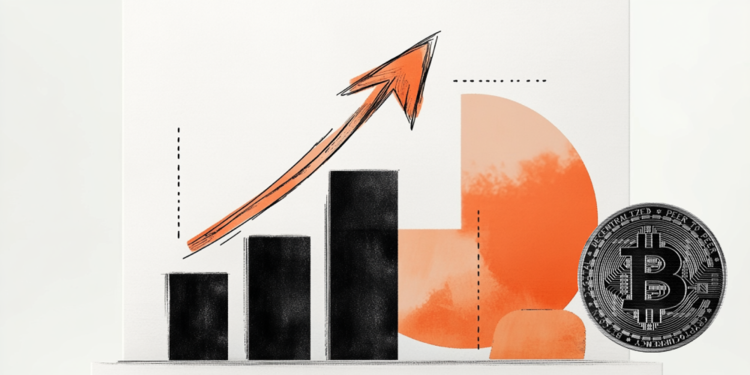- NZD/USD could struggle as the risk-off mood increases amid the US-China trade war.
- China slapped a 15% tariff on US coal and LNG imports, along with an additional 10% tariff on crude Oil.
- Trump said on Monday afternoon that talks with China would take place probably over the next 24 hours.
NZD/USD hovers around 0.5610 during early European trading on Tuesday, facing volatility as risk-off sentiment rises due to escalating US-China trade tensions. China retaliated against the new 10% US tariff that took effect Tuesday by imposing its own tariffs: a 15% levy on US coal and liquefied natural gas (LNG) imports, along with an additional 10% on crude Oil, farm equipment, and certain automobiles.
Additionally, China’s Commerce Ministry announced export controls on tungsten, tellurium, ruthenium, molybdenum, and related products to “safeguard national security interests.”
Markets are closely watching tariff negotiations. On Monday, US President Donald Trump stated he expected to speak with China within 24 hours, warning that tariffs would be “very, very substantial” if no deal is reached.
Meanwhile, Chinese exporters are accelerating efforts to offshore production to avoid US tariffs, considering relocation to the Middle East and other regions. Some are passing costs onto US consumers or seeking alternative markets, according to the Financial Times.
The New Zealand Dollar (NZD) remains under pressure amid expectations of further rate cuts by the Reserve Bank of New Zealand (RBNZ), with markets pricing in a 50bps reduction to 3.75% this month and a potential policy rate drop to 3.0% within a year.
US-China Trade War FAQs
Generally speaking, a trade war is an economic conflict between two or more countries due to extreme protectionism on one end. It implies the creation of trade barriers, such as tariffs, which result in counter-barriers, escalating import costs, and hence the cost of living.
An economic conflict between the United States (US) and China began early in 2018, when President Donald Trump set trade barriers on China, claiming unfair commercial practices and intellectual property theft from the Asian giant. China took retaliatory action, imposing tariffs on multiple US goods, such as automobiles and soybeans. Tensions escalated until the two countries signed the US-China Phase One trade deal in January 2020. The agreement required structural reforms and other changes to China’s economic and trade regime and pretended to restore stability and trust between the two nations. However, the Coronavirus pandemic took the focus out of the conflict. Yet, it is worth mentioning that President Joe Biden, who took office after Trump, kept tariffs in place and even added some additional levies.
The return of Donald Trump to the White House as the 47th US President has sparked a fresh wave of tensions between the two countries. During the 2024 election campaign, Trump pledged to impose 60% tariffs on China once he returned to office, which he did on January 20, 2025. With Trump back, the US-China trade war is meant to resume where it was left, with tit-for-tat policies affecting the global economic landscape amid disruptions in global supply chains, resulting in a reduction in spending, particularly investment, and directly feeding into the Consumer Price Index inflation.

























